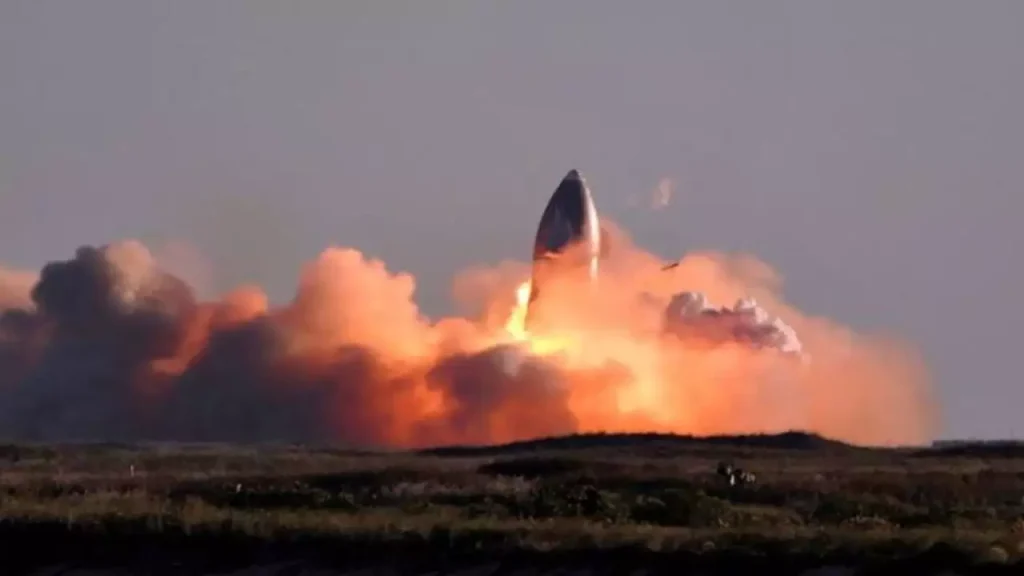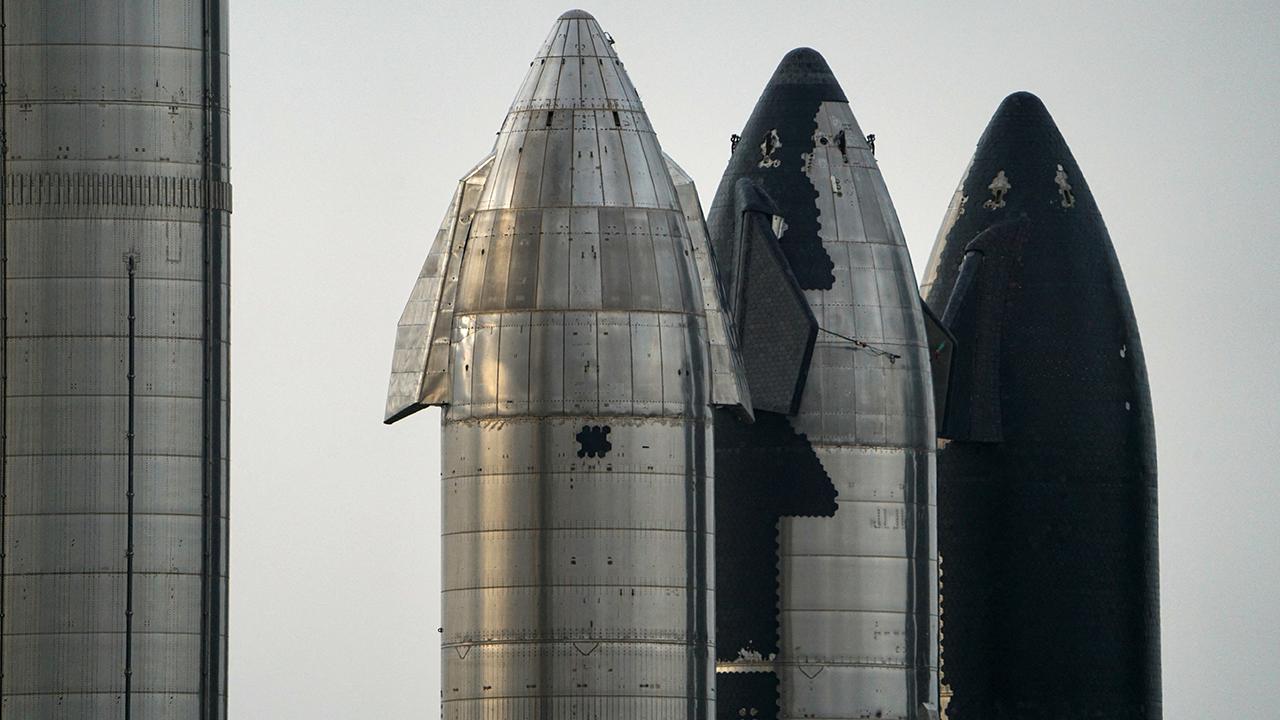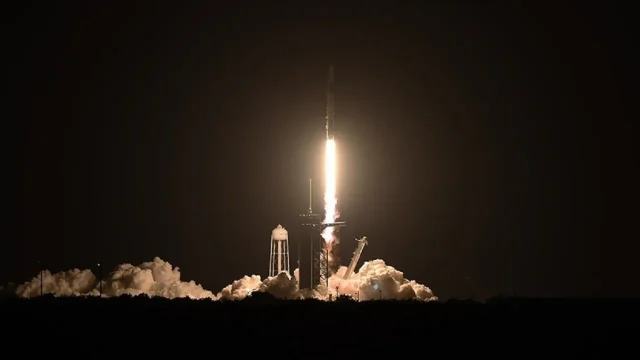After the eventful launch in April, SpaceX virtually redesigned the Starship Rocket. The US Federal Aviation Administration was waiting for permission from the FAA. While the eyes of the whole world are on this flight, the authorities are approaching this flight with suspicion due to the misfortunes of the first flight. SpaceX has fulfilled its responsibilities to regain everyone’s trust. Now he gives the date for the flight. Here are the details…
SpaceX gave preference for the second flight of the Starship Rocket!
SpaceX announced Friday that the company is targeting mid-November for the second flight test of its Super Heavy rocket and Starship upper stage. The launch date is awaiting regulatory approval, the company said. That means the Federal Aviation Administration and the U.S. Fish and Wildlife Service have not yet completed the environmental review process for the rocket and its launch site, which is surrounded by wetlands in South Texas.

However, SpaceX confidently stated that it was ready. At the same time, this indicates that federal approval for Starship’s second launch is nearing completion.
It took off from South Texas on April 20, 2023, along with Starship’s superheavy booster. The rocket launched despite three of the 33 main Raptor engines not fully igniting during liftoff. Three more engines failed during the ascent. A few minutes later, the vehicle veered off course. That’s why the flight termination system destroyed the rocket. Despite all the setbacks, SpaceX obtained important conclusions and valuable data from this mission.
He will evaluate the data he obtained to make the second flight safer. Moreover, the problem that caused the disaster was not only in the rocket. There were also problems at the launch site. The company built its first launch tower without flame diverters and other structures to help reduce the power of the 33 main engines. As a result, there was serious damage to the launch pad. The energy of the launch launched concrete into surrounding wetlands.
In the months since, SpaceX, at its characteristically rapid pace, has completely rebuilt the launch pad and installed a water noise suppression system to reduce liftoff energy. Part of the review by the Fish and Wildlife Service is to ensure that these measures will adequately reduce the explosive power of the rocket as it ignites and leaves the launch site.














